Warning: The following article contains spoilers from Ms. Marvel episode five.
After the grand time-traveling shenanigans in Avengers Endgame, the MCU has once again gone back in time in order to spin an enticing origin story for Kamala Khan, aka Ms. Marvel. But while the back-and-forth in time somewhat sidestepped any major confusion in Endgame, Ms. Marvel’s latest time-traveling adventure has trapped in the rather feared Bootstrap Paradox.
Spoilers ahead.
Before the MCU dipped its toes in the real-world theory of the multiverse, it tried its hand at the rather messy concept of time-traveling in Avengers Endgame. Anyone who has seen their fair share of time-traveling flicks is aware of how tricky it can be to make sense of the process and while Endgame had its fair share of flaws, on the surface level it seems to have understood the basic nuances of going back in time. But apparently, it was a one-time affair as the MCU happily ditched its wisdom by sending Kamala back in time to discover and create her roots.
Ms. Marvel pulls a mind-boggling time-traveling plot twist
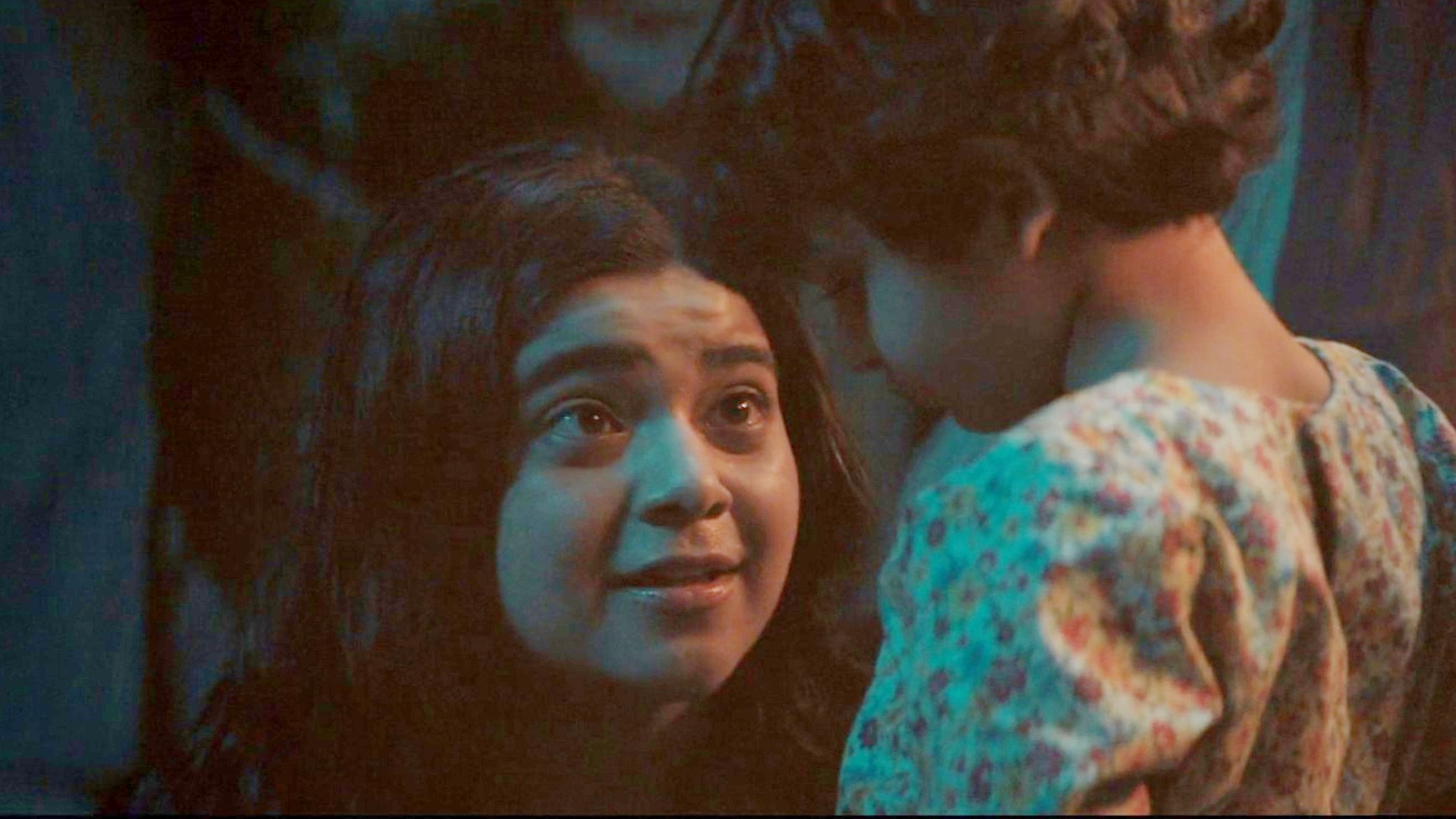
The penultimate episode of Ms. Marvel sees Kamala traveling back in time, to the India-Pakistan partition in 1947 to be precise, when Najma hits her magical bracelet. It is already known that her great grandmother, Aisha, who was a Djinn, married Hasan, a human while on the run after she fell in love with him. But her happiness was short-lived as soon not only the turmoils in India but also the arrival of Najma threatened her family’s safety.
On the fateful day, when Muslims were desperately trying to leave India to escape the deadly riots, Aisha makes her young daughter Sana wear the bracelet and asked Hasan to board the train after promising that she will join them. But Najma, enraged that Aisha wouldn’t help them in returning to their realm, fatally stabs her and vows to find the bracelet. Meanwhile, Sana gets separated from Hasan.
The story we have heard so far — that stars appeared out of nowhere and led young Sana to her father — made it easy to speculate that Aisha used her bracelet to save her daughter. In this scenario, it was expected that Kamala would be nothing more than a spectator after she traveled back in time, and would simply get to see the events unfold.
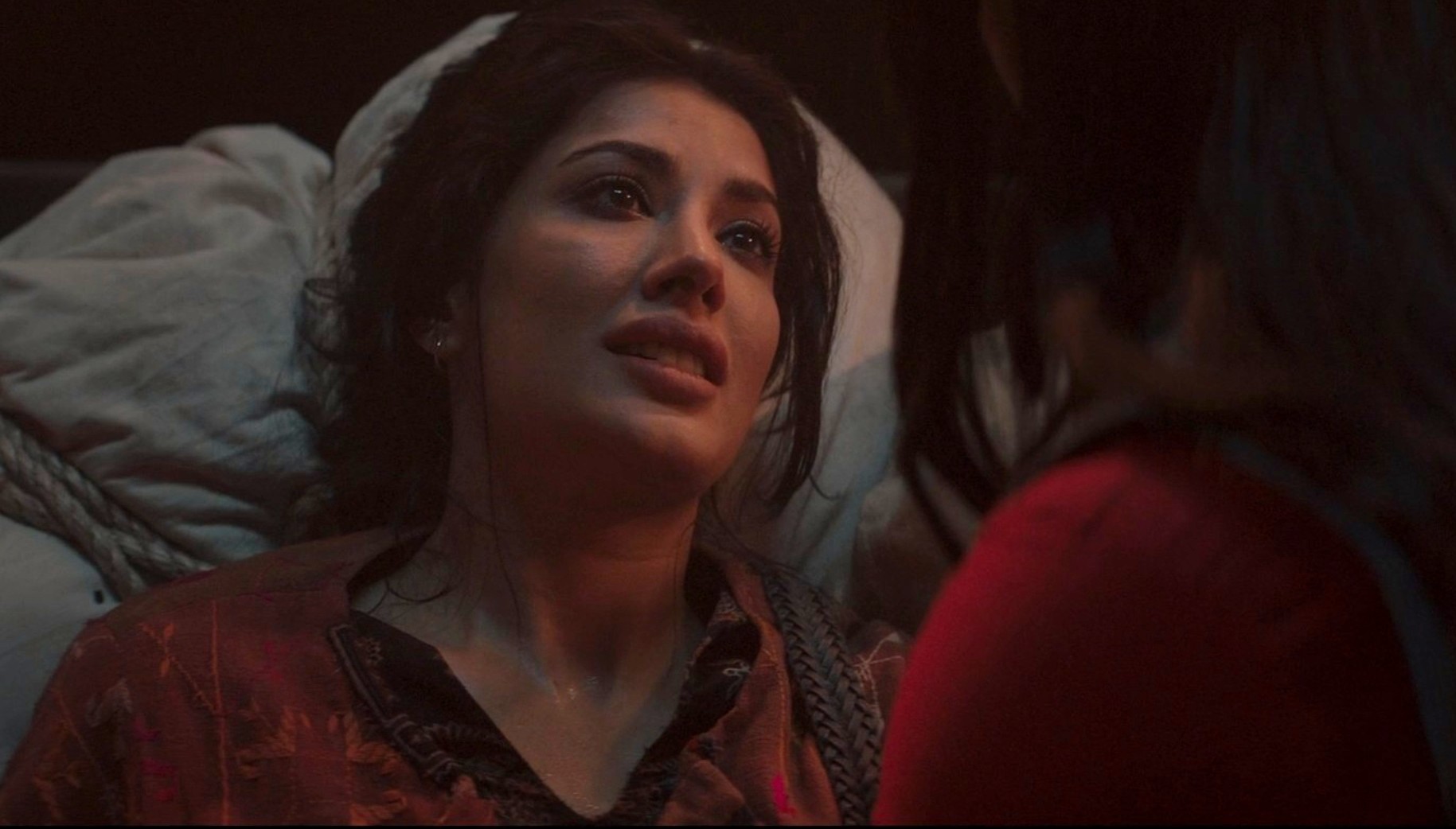
But, in an attempt to impart a sense of mystery and wonder to the story, Ms. Marvel ends up making Kamala her own savior. We learn that it wasn’t Aisha who helped Sana as she was already dying from her wound — it was Kamala, who uses her bracelet to save her grandmother. So, to put it simply, Kamala traveled back in time to save her grandma, which in turn ensured that the latter would live to give birth to her mother.
But if we dare to question the stability of this little stunt that MCU pulled, it crumbles like a house of cards thanks to a tiny little thing called the Bootstrap Paradox.
What is the Bootstrap Paradox?

Perhaps the best example to explain this would be the Ethan Hawke starrer 2014 film, Predestination. Without diving into the finer points of its storyline (which is one epic head-scratcher, to say the least), here is the gist of the plot — the main character is an intersex individual, born with both male and female sex organs. John lives the latter years of his life presenting as male and travels back in time to meet himself when he identified as a woman, Jane. He falls in love with her and impregnates her. She subsequently gives birth to John, thus making him both his own mother and father.
This illustrates what is called a Bootstrap Paradox in which the time-traveling, and the subsequent tampering of events, erases the origin point of an event. It ends up getting entangled in a cycle of “which came first — the chicken or the egg,” as the past cause that triggered the future event then ends up becoming the result of the event itself.
While Ms. Marvel does nothing as drastic as Predestination, it manages to make its storyline even more complicated, as it ends up trapping itself in the endless loop of cause-effect-cause and so on. At least in Predestination, the loop in question only involved a single individual and never affected anyone else.
But in Ms. Marvel, Kamala going back in time to save her grandmother affected many individuals — it not only ensured that Sana lived but also cemented the future in which Muneeba (Kamala’s mother) takes birth, in turn bringing Kamala and her brother Yusuf into this world.
Here is the real dilemma; Kamala’s existence is possible because her grandmother survived, so in this endless loop, what if she never managed to travel back in time, or failed to save her? Would she cease to exist because Sana died? But if Sana dies, how will Kamala be present to time travel and try and save her in the first place? Which happened first – did Kamal save Sana first, or did she herself come into existence first?
MCU also breaks its own time-travel rules

As explained by Smart Hulk in Endgame, going back in time to kill baby Thanos won’t change the current timeline. The past can not be changed. That’s the reason the Avengers event went to the dire lengths of returning the stones to their respective places to ensure they didn’t mess up the past. It has even been theorized that when the Avengers went back in time, they didn’t visit the past of their timeline, but ended up in an ongoing alternate branch timeline, and that’s how they avoided affecting the main timeline’s future.
But in Ms. Marvel, the MCU happily allows Kamala to go back in the past of the original timeline, giving her the reins to become a self-created entity while trapping her storyline in a never-ending, mind-boggling loop. Some would say it’s a closed-loop, as Kamala gets the bracelet, goes back in time, and saves her naani, after which the story goes on. But there is no denying that this time, the Marvel writers have thrown their thinking caps out of the window in favor of letting a paradox (which could have been easily dealt with) rule the storyline just for its minimal shock value.
Ms. Marvel airs weekly on Disney Plus on Wednesdays and will be airing its final episode on the streamer next week.

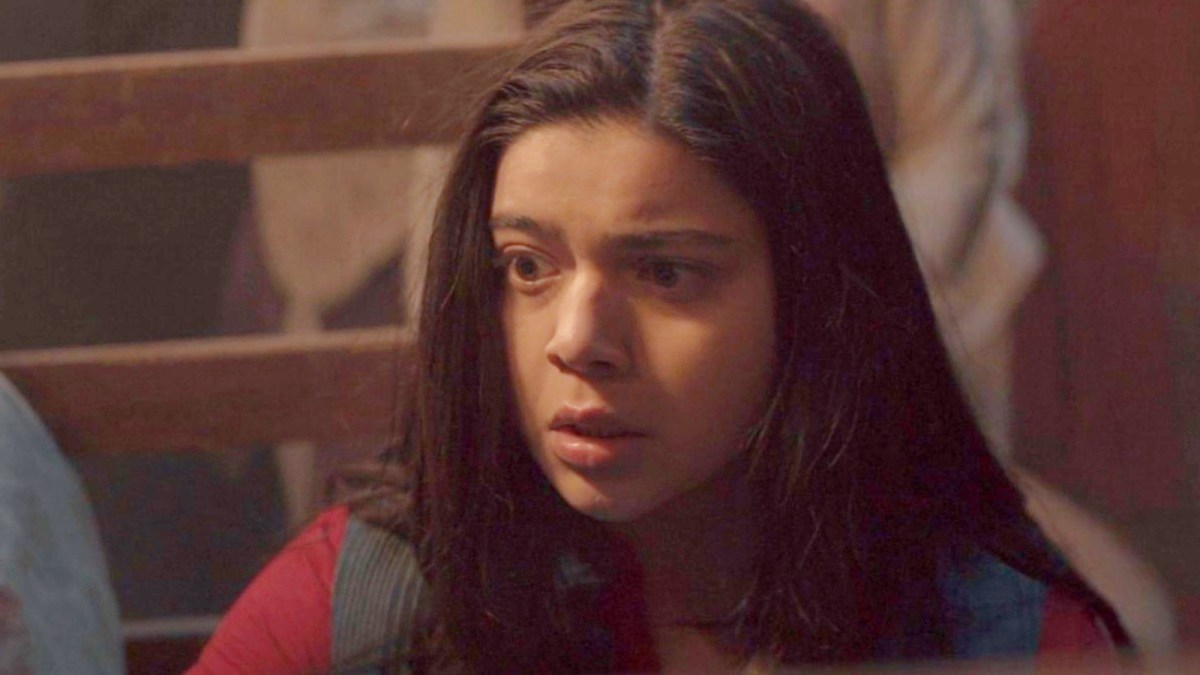
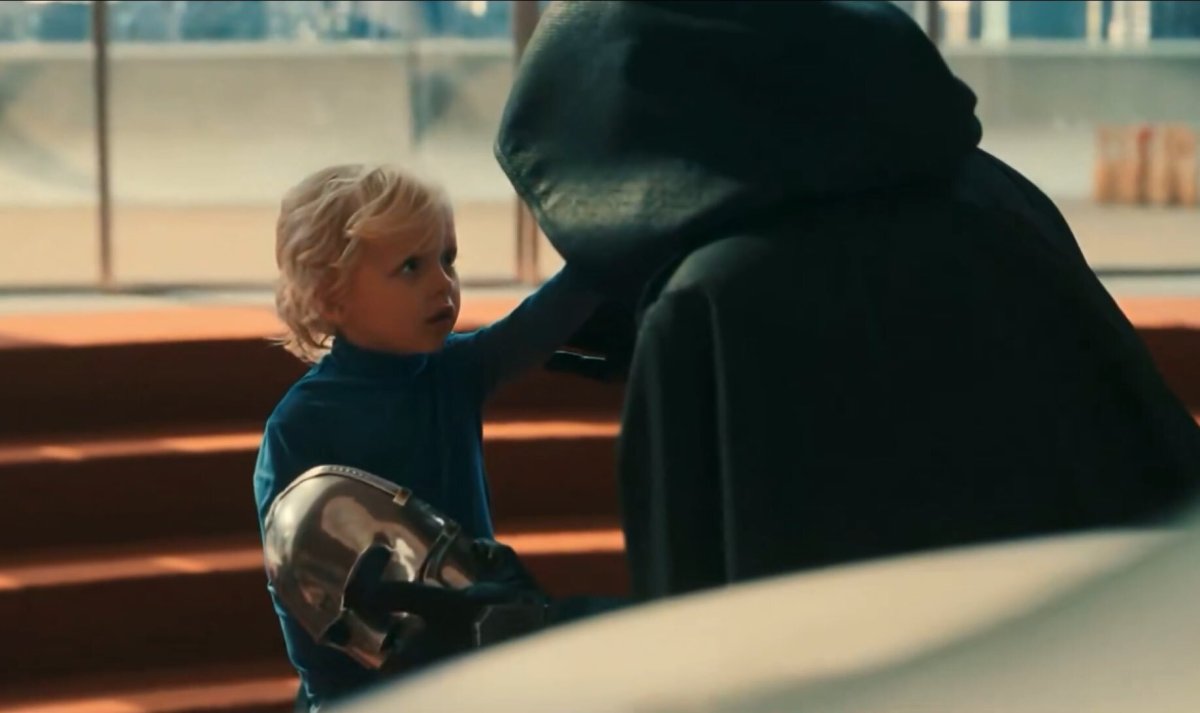
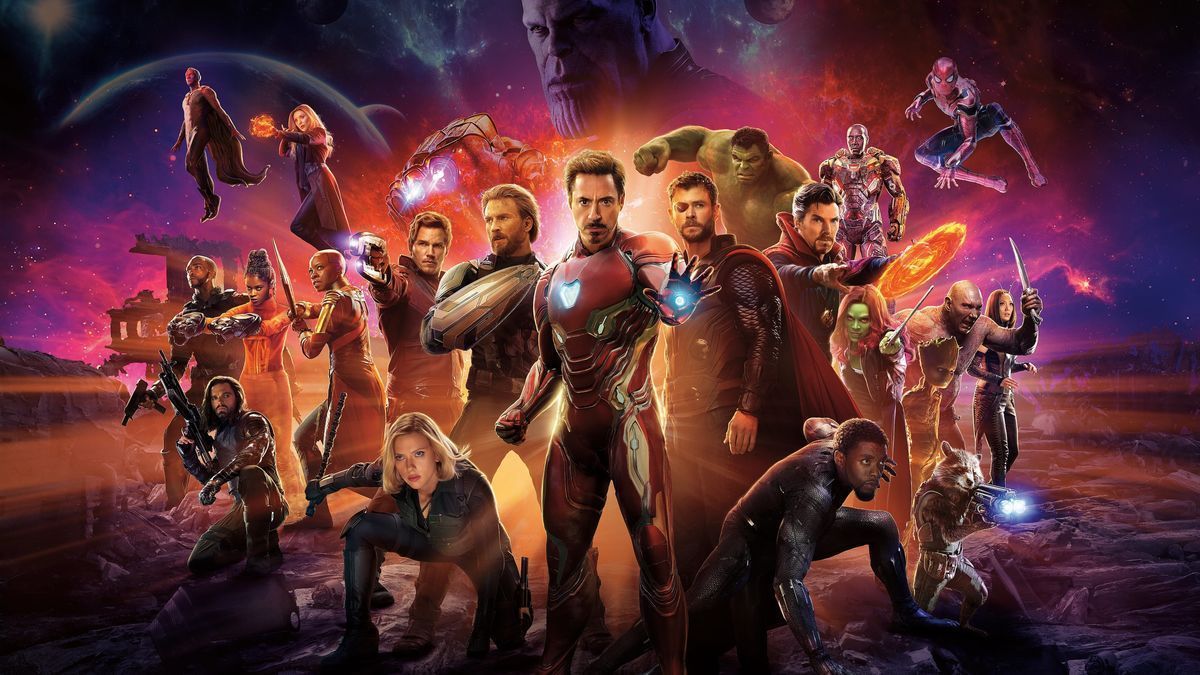
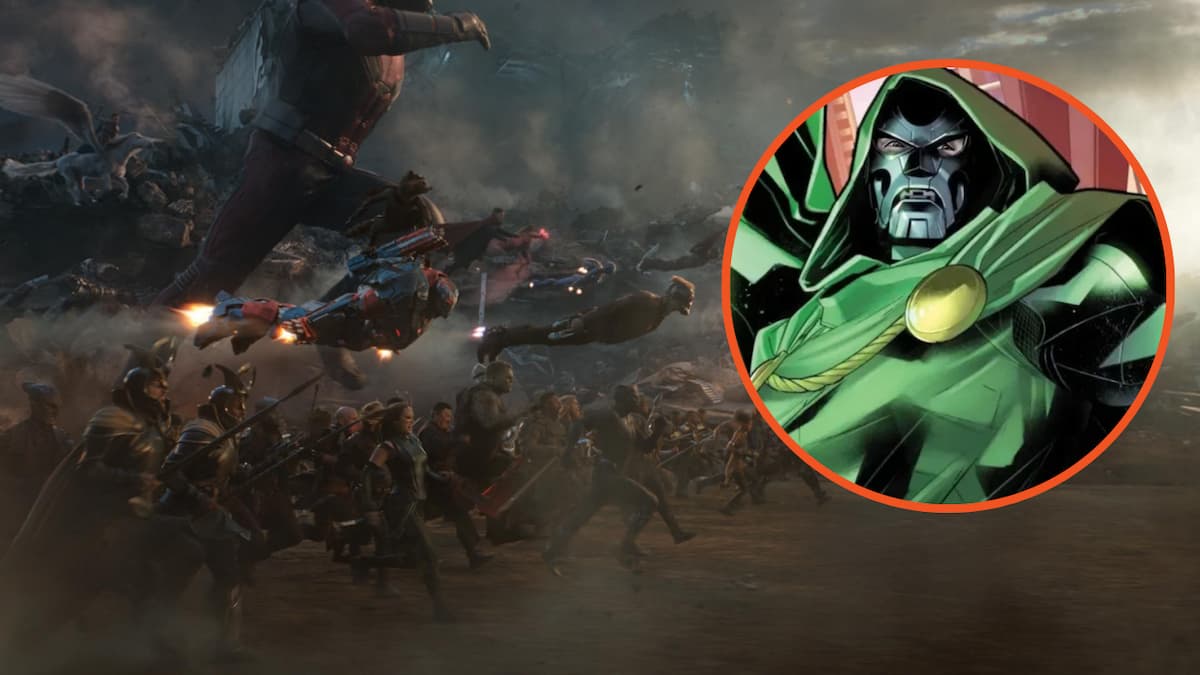
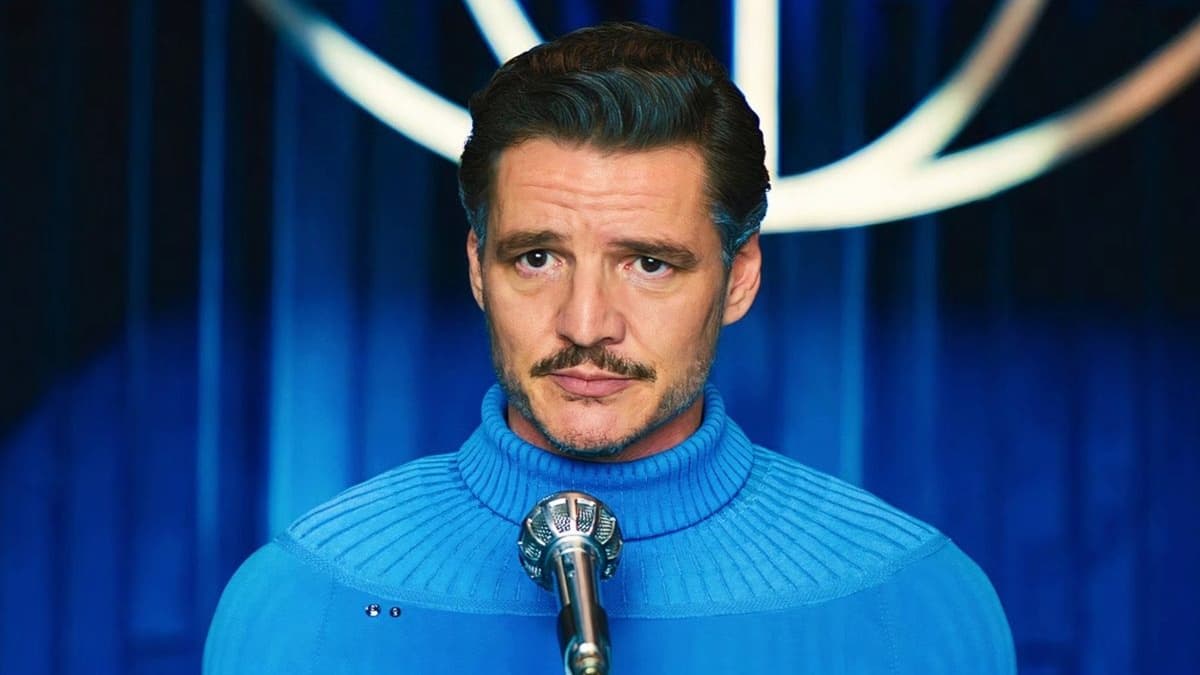


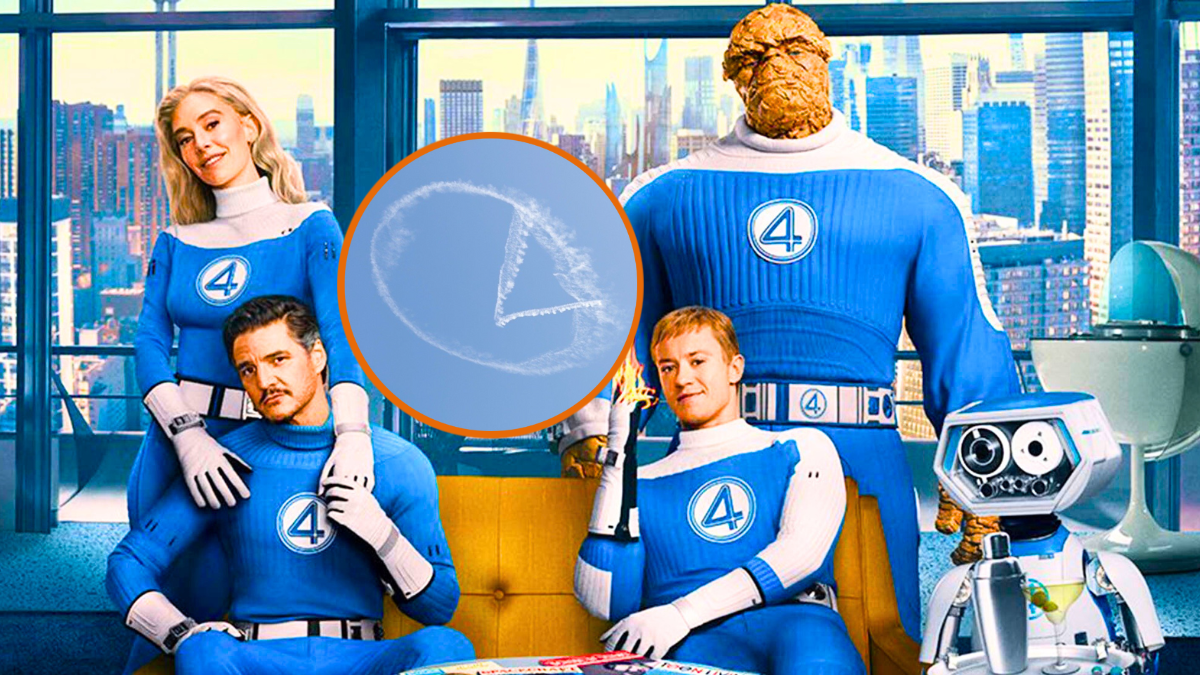
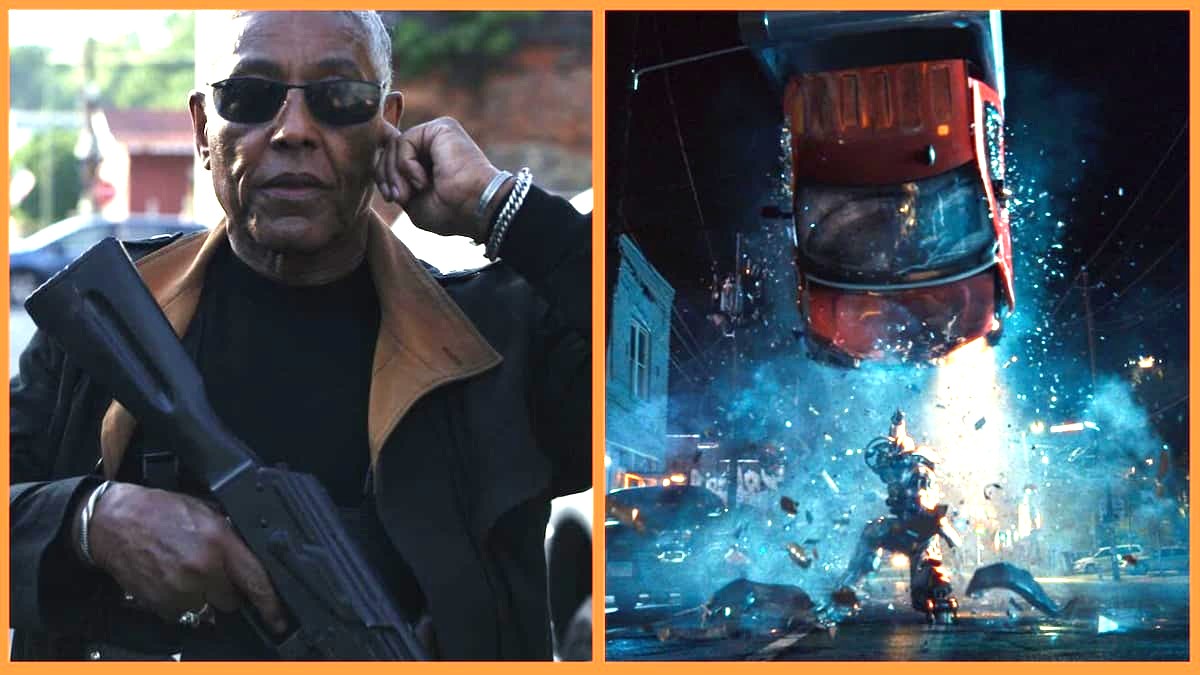
Published: Jul 6, 2022 12:53 pm